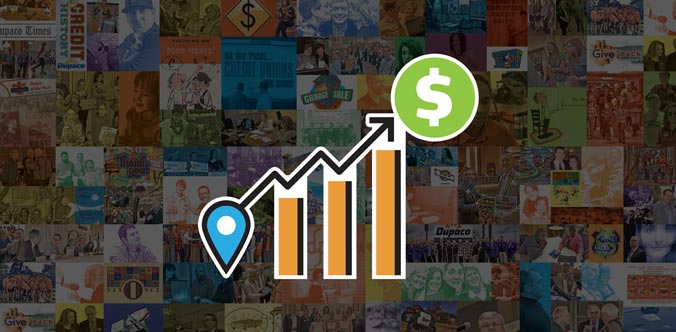
5 ways SECURE 2.0 Act could impact your retirement savings
A new law could impact the way you save and take out money for your retirement.
The recently enacted SECURE 2.0 Act includes many updates aimed at helping Americans prepare for retirement.
Here are five changes worth paying attention to:
|1| You can delay taking out money
The SECURE 2.0 Act allows you to grow your savings a little longer before you’re required to start taking money out of your retirement account.
Before this law, you needed to begin taking money out of your traditional Individual Retirement Account once you reach age 72, according to Ascensus. This is called a required minimum distribution (or RMD).
The SECURE 2.0 Act bumped the required age to 73 in 2023. And it will change again to age 75 in 2033.
(Hint: If you turned age 72 by the end of 2022, you’ll still need to take your RMD for 2022.)
Calculate how long your retirement savings will last >
|2| Required distributions removed for certain Roth accounts
Starting in 2024, investors will no longer have to take required minimum distributions from Roth 401(k), 403(b) and governmental 457(b) plans.
The change will make these plans similar to Roth IRAs, which don’t require distributions during the investor’s lifetime.
Hint: If your first RMD is due in 2023 and you choose to take it on or after Jan. 1, 2024, you’ll still need to include any designated Roth assets when calculating your 2023 RMD, according to Ascensus.
|3| Larger catch-up contributions
Currently, the maximum IRA catch-up contribution amount for individuals age 50 or older is $1,000. But catch-up contributions will start being indexed for inflation (in $100 increments) like regular IRA contributions, Ascensus said.
Hint: That means limits would increase when the federally determined cost-of-living increases.
This will go into effect for 2024 and later taxable years.
|4| Automatic enrollment in employer plans
Beginning in 2025, certain employers must automatically enroll eligible employees into 401(k) or 403(b) plans established on or after Dec. 29, 2022, according to Ascensus.
The initial contribution rate for enrolled participants must be at least 3% (but no more than 10%). And participants can choose to save at a higher or lower rate—or opt out of the plan.
This impacts employers with more than 10 employees and who have been in business for at least three years.
|5| Smaller penalties
There are lots of rules around saving and withdrawing money for retirement. And mistakes can be costly.
With the SECURE 2.0 Act, the penalty for failing to take a required minimum distribution will decrease from a 50% penalty tax to a 25% penalty tax starting in 2023.
And if you correct your error promptly (and submit a corrected tax return), the penalty will reduce again to 10%.
Navigating your options
Have questions? You can always reach out to Dupaco’s IRA experts at 800-373-7600. It’s also important to consult with your tax advisor to verify eligibility, limits and deadlines.


